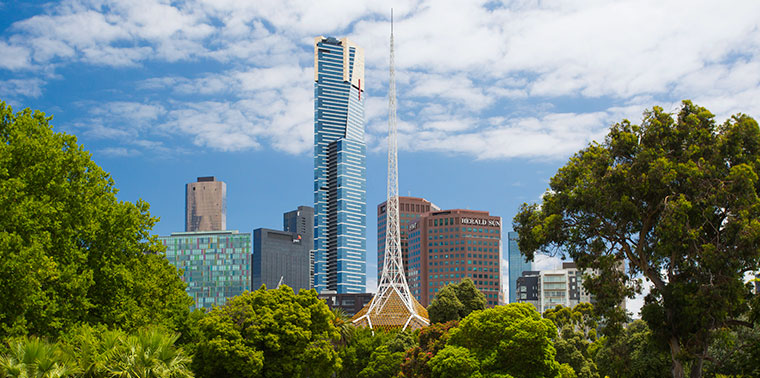December 16, 2015 — As global population grows, urban population is growing even faster — with 2.5 billion more city dwellers expected by 2050, according to the United Nations. And while urbanization can bring benefits in terms of economies of scale, social cohesion, technological innovation, transportation efficiency and more, cities can also be breeding grounds for poverty, pollution and malaise.
To help inspire cities to make the most of the opportunities and minimize downsides of growth, the World Economic Forum recently published “Top Ten Urban Innovations,” showcasing new ideas for boosting urban sustainability. The examples fall into four broad categories: better using underused capacity, evening out demand over time, encouraging small-scale infrastructure, and people-centered design. Each includes a “why” and “what” as well as an assessment of the potential for improving global well-being. Most also include a list of links for more information. Here’s a quick summary:
Reprogramming Space
In growing cities, the need for infrastructure can quickly outpace our ability to build it. Vancouver, Glasgow, New York and others are tackling this head-on by repurposing and densifying use of existing urban land rather than building out, and by designing buildings in a way that allows them to switch functions — for example, from a theater to a night club — as needs change.
An Internet of Pipes
Clean, readily available water supplies are a growing concern for growing cities. Efforts to meet future needs include a variety of Internet-based innovations aimed at managing water challenges such as flood control, rainwater management, supply distribution, pipe leakage reduction and sanitation management.
Twitter for Trees
Urban trees help reduce temperature extremes, moderate stormwater surges, sequester carbon and capture nutrients from runoff. Melbourne is boosting interest in and appreciation for urban forests by inviting its residents to adopt and name individual trees and share updates, including carbon offset and other information, via social media.
Augmented Humans
People-powered transit not only helps make cities cleaner and less congested, it also can boost human health and well-being. But bicycling can sometimes seem too demanding for a workday commute. To make it more appealing and accessible, innovators are developing products such as the Copenhagen Wheel, a bike that runs partly on a battery recharged by braking and downhill travel.
Co-heating, Co-cooling, CO2 Capture
Co-generation facilities boost energy efficiency by taking waste heat from electricity generation and using it to heat or cool buildings. For even more benefit, the carbon dioxide generated in the process can be captured and used for horticulture, manufacturing or other applications.
Sharing Spare Capacity
City dwellers around the world are reducing the environmental footprint of consumption through sharing networks. Starting with increasingly common practices such as carpooling, lodging rental and shared ownership, the practice is expanding to include things like co-locating enterprises to allow them to share facilities such as gyms or classrooms.
Mobility on Demand
Computer- and smartphone-assisted traffic management and vehicle routing can reduce time and fuel wasted trying to travel through congested areas. Similarly, self-driving vehicles and car sharing can boost efficiency by maximizing use of vehicles and reducing need for space to park idle ones.
Infrastructure for Social Integration
The Colombian city of Medellin, once considered one of the world’s most dangerous cities, has been transformed by a focus on architecture and design. Shared spaces and improved public transit blur economic boundaries and boost a sense of connection and culture.
Smart Street Poles
As cities switch from polluting conventional streetlights to LED-based updates, they have the opportunity to connect light poles to form a web of information sensors that can do everything from gather air quality data to monitor traffic and reduce the risk of crime.
Vertical Vegetables
Cities can help cut food waste by growing perishable produce right in town, boosting individuals’ connections to food and reducing spoilage-promoting lengthy transit distance and time. With water-based gardening and LED-lighting, walls, roofs and other structures that serve one function can be taught to multitask as a food-producing garden, too.
![]()
UPDATED 12.10.18: The spelling of Medellin was corrected.
Ensia shares solutions-focused stories free of charge through our online magazine and partner media. That means audiences around the world have ready access to stories that can — and do — help them shape a better future. If you value our work, please show your support today.
Yes, I'll support Ensia!
